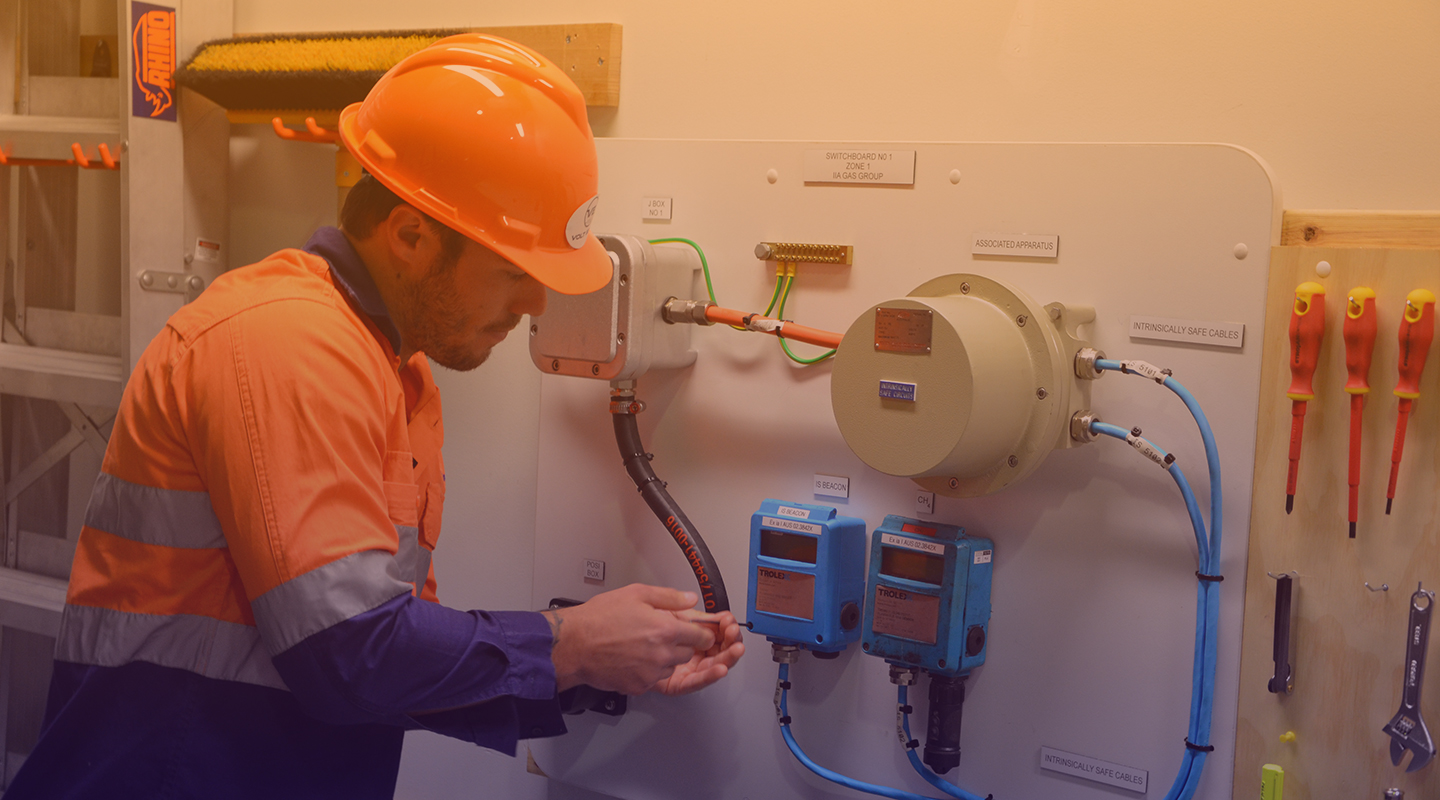The 25-Second Trick For Roar Solutions
The 25-Second Trick For Roar Solutions
Blog Article
Not known Factual Statements About Roar Solutions
Table of ContentsThings about Roar SolutionsThe 15-Second Trick For Roar SolutionsRoar Solutions - Truths
In order to safeguard installations from a possible explosion a technique of analysing and identifying a possibly harmful location is called for. The objective of this is to make certain the right choice and installment of devices to eventually avoid a surge and to guarantee safety of life.
(https://pastebin.com/u/roarsolutions)
No equipment ought to be mounted where the surface area temperature level of the tools is higher than the ignition temperature level of the given danger. Below are some usual dust hazardous and their minimal ignition temperature level. Coal Dirt 380C 225C Polythene 420C (thaws) Methyl Cellulose 420C 320C Starch 460C 435C Flour 490C 340C Sugar 490C 460C Grain Dirt 510C 300C Phenolic Resin 530C > 450C Aluminium 590C > 450C PVC 700C > 450C Residue 810C 570C The chance of the danger existing in a focus high sufficient to cause an ignition will differ from location to location.
In order to classify this danger an installment is split into areas of threat relying on the amount of time the hazardous exists. These areas are referred to as Zones. For gases and vapours and dusts and fibers there are 3 areas. Area 0 Zone 20 A harmful ambience is extremely likely to be present and may exist for lengthy periods of time (> 1000 hours per year) or perhaps constantly Zone 1 Zone 21 An unsafe atmosphere is possible however unlikely to be existing for long periods of time (> 10 450 C [842 F] A category of T6 suggests the minimal ignition temperature is > 85 C [185 F] Unsafe location electrical equipment possibly created for use in greater ambient temperatures. This would certainly showed on the score plate e.g. EExe II C T3 Ta + 60C( This indicates at 60C ambient T3 will not be gone beyond) T1 T1, T2, T3, T4, T5, T6 T2 T2, T3, T4, T5, T6 T3 T3, T4, T5, T6 T4 T4, T5, T6 T5 T5, T6 T6 T6 A T Class rating of T1 suggests the maximum surface area temperature level generated by the instrument at 40 C is 450 C. Presuming the connected T Course and Temperature score for the devices are appropriate for the area, you can constantly use a tool with a more rigorous Division ranking than required for the area. There isn't a clear solution to this question. It truly does depend upon the sort of devices and what repairs require to be performed. Devices with details test procedures that can not be carried out in the field in order to achieve/maintain 3rd party rating. Have to come back to the manufacturing facility if it is prior to the devices's service. Area Repair By Authorised Worker: Complex screening might not be required nevertheless specific procedures may need to be adhered to in order for the tools to maintain its third party score. Authorized employees must be utilized to do the job properly Fixing must be a like for like substitute. New element must be taken into consideration as a direct replacement needing no special testing of the devices after the fixing is full. Each tool with a dangerous score need to be reviewed individually. These are outlined at a high level listed below, yet for even more thorough info, please refer straight to the standards.
Some Of Roar Solutions
The tools register is a comprehensive data source of tools documents that consists of a minimum set of fields to recognize each product's place, technical parameters, Ex category, age, and environmental information. The ratio of Detailed to Shut examinations will be determined by the Tools Danger, which is evaluated based on ignition danger (the likelihood of a source of ignition versus the probability of a combustible environment )and the harmful area category
( Zone 0, 1, or 2). Executing a robust Risk-Based Assessment( RBI )method is important for ensuring conformity and security in managing Electrical Equipment in Hazardous Locations( EEHA).
The Best Guide To Roar Solutions

In regards to explosive threat, a dangerous area is an atmosphere in which an eruptive environment exists (or might be expected to be existing) in amounts that call for unique preventative measures for the building, installation and use of tools. electrical refresher course. In this short article we explore the challenges dealt with in the workplace, the risk control actions, and the needed expertises to work safely
These compounds can, in particular conditions, develop eruptive ambiences and these can have major and heartbreaking effects. Most of us are familiar with the fire triangle eliminate any one of the 3 components and the fire can not occur, but what does this mean in the context of unsafe locations?
In the majority of instances, we can do little regarding the degrees of oxygen in the air, however we can have substantial influence on sources of ignition, as an example electrical tools. Unsafe locations are documented on the harmful location classification illustration and are identified on-site by the triangular "EX-SPOUSE" indicator. Below, amongst various other vital details, zones are split into three types depending on the hazard, the likelihood and period that an eruptive ambience will certainly exist; Area 0 or 20 is considered the most hazardous and Area 2 or 22 is deemed the least.
Report this page